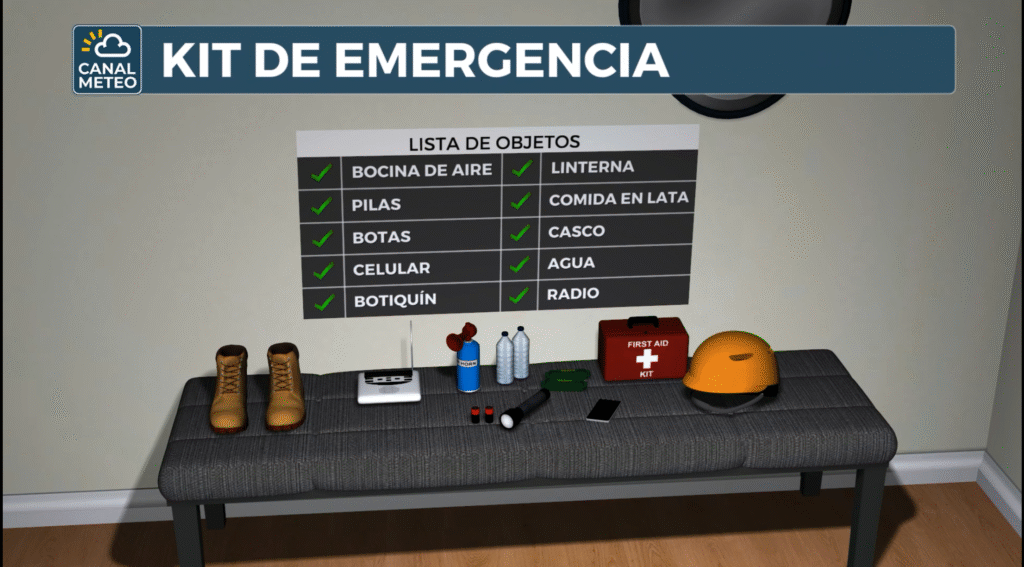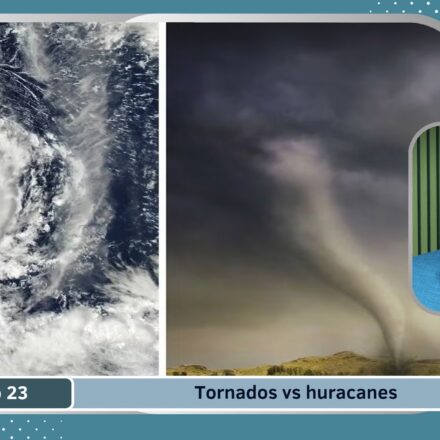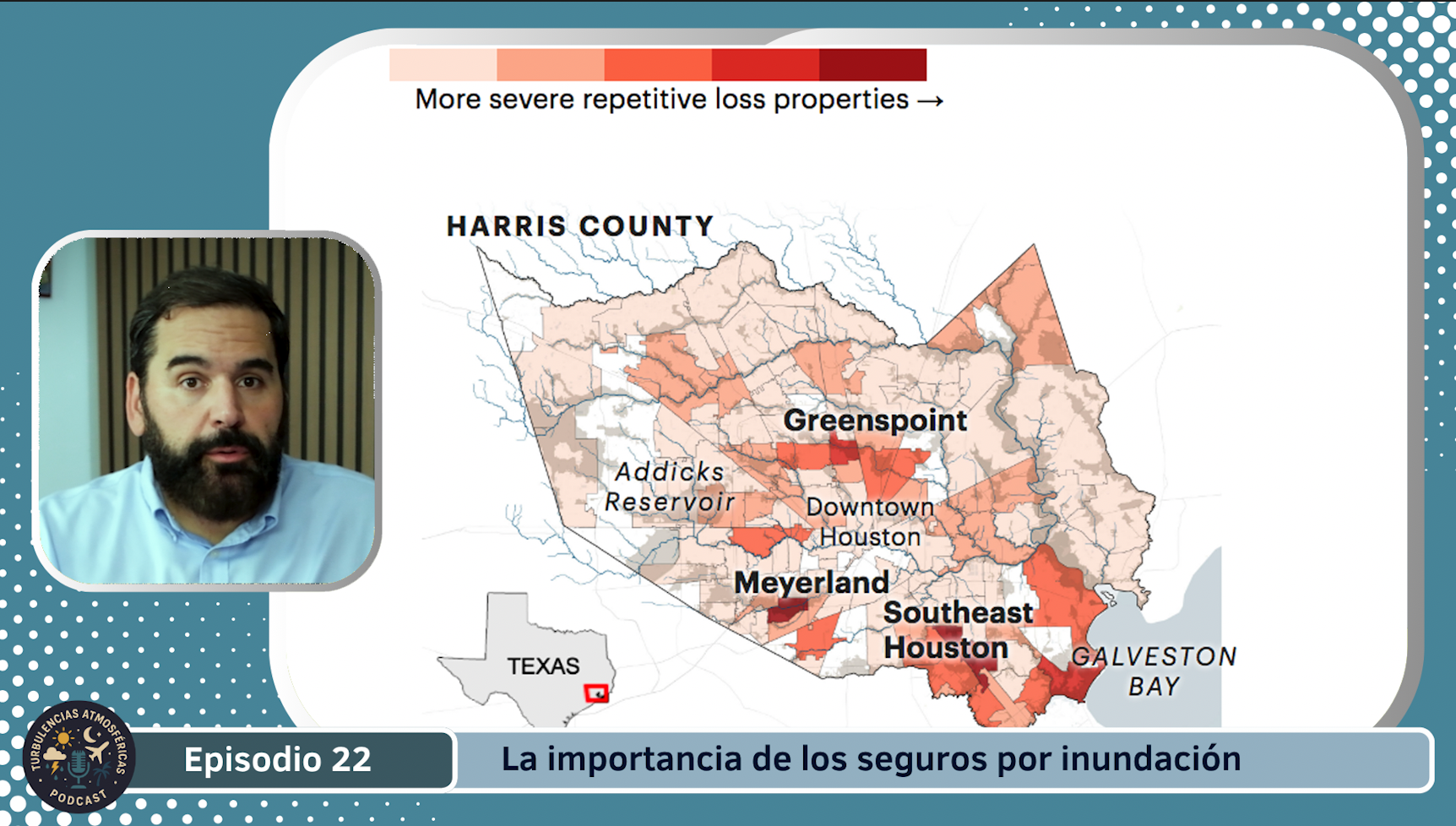
Severe storms
The severe storms are not just a show of thunder and lightning. They are dangerous phenomena capable of causing serious damage in a matter of minutes. At CanalMeteo we want to help you understand these risks, prepare in advance and know how to act before, during and after a storm.
Important points
What is a severe storm?
The National Weather Service (NWS) defines a severe storm as one that can produce hail of one inch or more in diameter o wind gusts of at least 58 mph (93 km/h). These elements can:
- Damage to roofs, vehicles and crops.
- Breaking large branches or even felling trees.
- Cause electrical outages and structural damage.
Some severe storms bring hail the size of a softball or winds exceeding 160 km/h. In addition, they can generate tornadoes, dangerous lightning strikes and flash floods.
Do you know the difference between surveillance and warning?
It is critical to understand the warnings issued by the NWS:
- 🟡 Severe storm watch (Watch): Get ready!It means that conditions are favorable for the formation of severe storms over a wide area. You should be alert and informed.
- 🔴 Severe Thunderstorm Warning: Activate!A severe thunderstorm has been detected by radar or reports. Seek shelter immediately in a safe place and avoid being outdoors.

Before the storm comes
Preparation can make a difference:
- Inform yourself frequently. Check the forecast on CanalMeteo, local stations or NOAA radio.
- Activate notifications. Some cities use sirens, but many rely on alerts on phones or networks.
- Create a family plan. It includes rendezvous points, emergency contacts and a windowless safe shelter.
- Do simulations. Practicing what to do reinforces family safety, including pets.
- Prepare your home. Secures loose objects, trims nearby branches and stores valuables.
More ideas: www.ready.gov/make-a-plan

During the storm
- Go to the designated shelter if you receive a notice.
- Avoid windows and large rooms if you are at work or school.
- Do not shelter under trees or flimsy structures. if you are outdoors.
- If you are in the car, stay inside but drive to safety if possible.
When the storm has passed... is it over?
Don't let your guard down:
- Stay informed. More storms could form in the next few hours.
- Contact your loved ones. Use text messages or social networks.
- Assess the damage. Wear protective clothing and do not enter unsafe buildings.
- Help if you can. If you are trained, provide first aid until emergency crews arrive.
Conclusion
Severe storms can be unpredictable, but being prepared is not. At CanalMeteo we offer you updated information to help you stay safe. Don't wait until it's too late: get informed, get ready and act fast.
Did you find this article useful? Share it with your family and neighbors - being prepared is everyone's responsibility!






